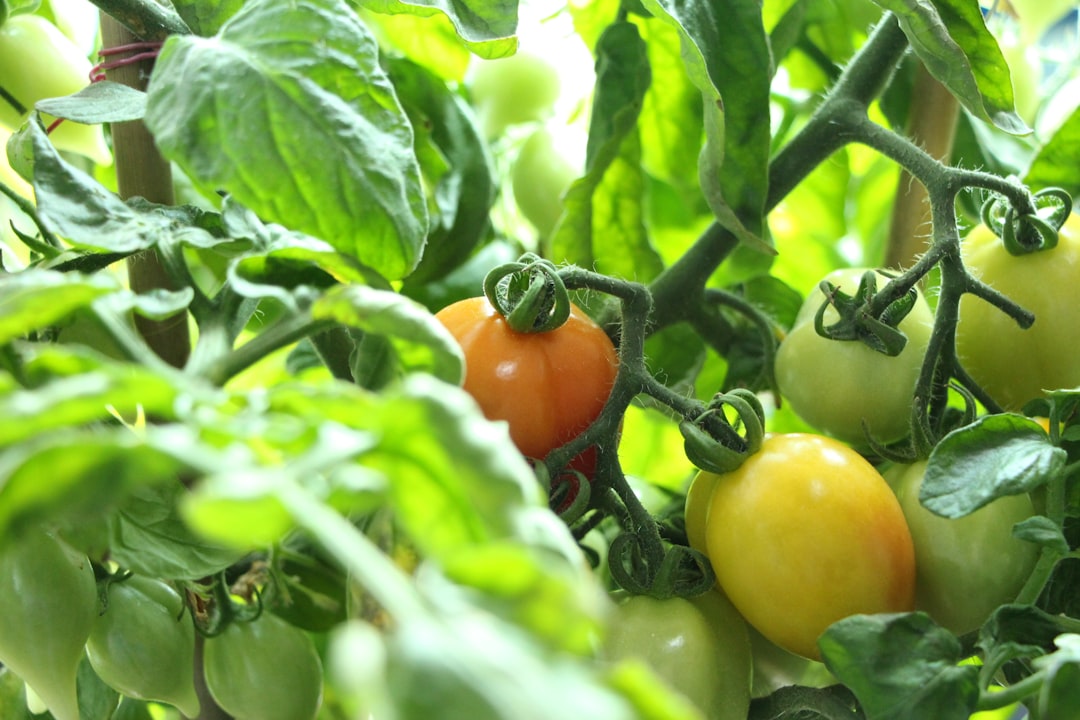
Fleece flower, a captivating perennial, is renowned for its large, fluffy flower spikes and succulent knotted stems. Cultivating this beautiful plant can be a rewarding experience, but it requires some essential knowledge and techniques. In this article, we will explore the key tips for growing fleece flower successfully.
### Choosing the Right Location
One of the first steps in growing fleece flower is selecting the appropriate location. Fleece flower thrives in partial shade to full sun. However, in regions with extremely hot summers, it is advisable to provide some afternoon shade to prevent the plant from getting scorched. The soil should be well - drained, rich in organic matter, and slightly acidic to neutral in pH. A location near a tree or a building that can offer some protection from strong winds is also ideal, as the tall flower spikes can be easily damaged by gusty winds.
### Soil Preparation
Before planting fleece flower, it is crucial to prepare the soil properly. Start by removing any weeds, rocks, or debris from the planting area. Loosen the soil to a depth of at least 12 inches using a garden fork or tiller. Incorporate a generous amount of compost or well - rotted manure into the soil. This will not only improve the soil structure but also provide essential nutrients for the plant's growth. You can also add a slow - release fertilizer according to the package instructions to give the fleece flower a good start.
### Planting Fleece Flower
Fleece flower can be planted either from seeds or divisions. If you are starting from seeds, sow them indoors about 8 - 10 weeks before the last frost date. Fill a seed tray with a seed - starting mix, moisten it, and sprinkle the seeds on the surface. Cover the seeds lightly with a thin layer of the mix and keep the tray in a warm, bright location. Keep the soil consistently moist until the seeds germinate, which usually takes about 2 - 3 weeks. Once the seedlings have developed a few true leaves, they can be transplanted into individual pots.
If you prefer to use divisions, dig up an established fleece flower plant in early spring or fall. Gently separate the roots into smaller sections, making sure each section has a healthy set of roots and shoots. Replant the divisions in the prepared soil at the same depth as they were originally growing, and water them thoroughly.
### Watering and Fertilizing
Proper watering is essential for the health of fleece flower. Water the plant deeply but infrequently, allowing the soil to dry out slightly between waterings. Overwatering can lead to root rot, especially in poorly drained soil. During the growing season, which is typically from spring to fall, water the plant once or twice a week, depending on the weather conditions. In hot, dry weather, you may need to increase the frequency of watering.
Fertilize the fleece flower regularly to promote healthy growth and abundant flowering. Apply a balanced, water - soluble fertilizer every 4 - 6 weeks during the growing season. You can also use a granular fertilizer in early spring and again in midsummer. Follow the package instructions for the correct application rate.
### Pruning and Maintenance
Pruning fleece flower is relatively simple. After the flowers have faded, you can cut back the flower spikes to the base of the plant. This will not only improve the plant's appearance but also encourage new growth. In late fall, after the first frost, cut back the entire plant to a few inches above the ground. This will help the plant conserve energy during the winter months.
Keep an eye out for pests and diseases. Fleece flower is generally resistant to most pests and diseases, but it can be susceptible to aphids, slugs, and powdery mildew. If you notice any signs of infestation or disease, treat them promptly using organic or chemical pesticides as appropriate.
### Propagation
As mentioned earlier, fleece flower can be propagated by seeds or divisions. Another method of propagation is through stem cuttings. Take 4 - 6 inch stem cuttings from a healthy plant in early summer. Remove the lower leaves and dip the cut end in rooting hormone. Plant the cuttings in a pot filled with a well - drained potting mix and keep them in a warm, humid location. Keep the soil moist until the cuttings develop roots, which usually takes about 3 - 4 weeks. Once the roots are established, the new plants can be transplanted into the garden.
In conclusion, growing fleece flower can be a delightful addition to your garden. By following these essential tips on location, soil preparation, planting, watering, fertilizing, pruning, and propagation, you can enjoy the beauty of its large, fluffy flower spikes and succulent knotted stems for years to come.
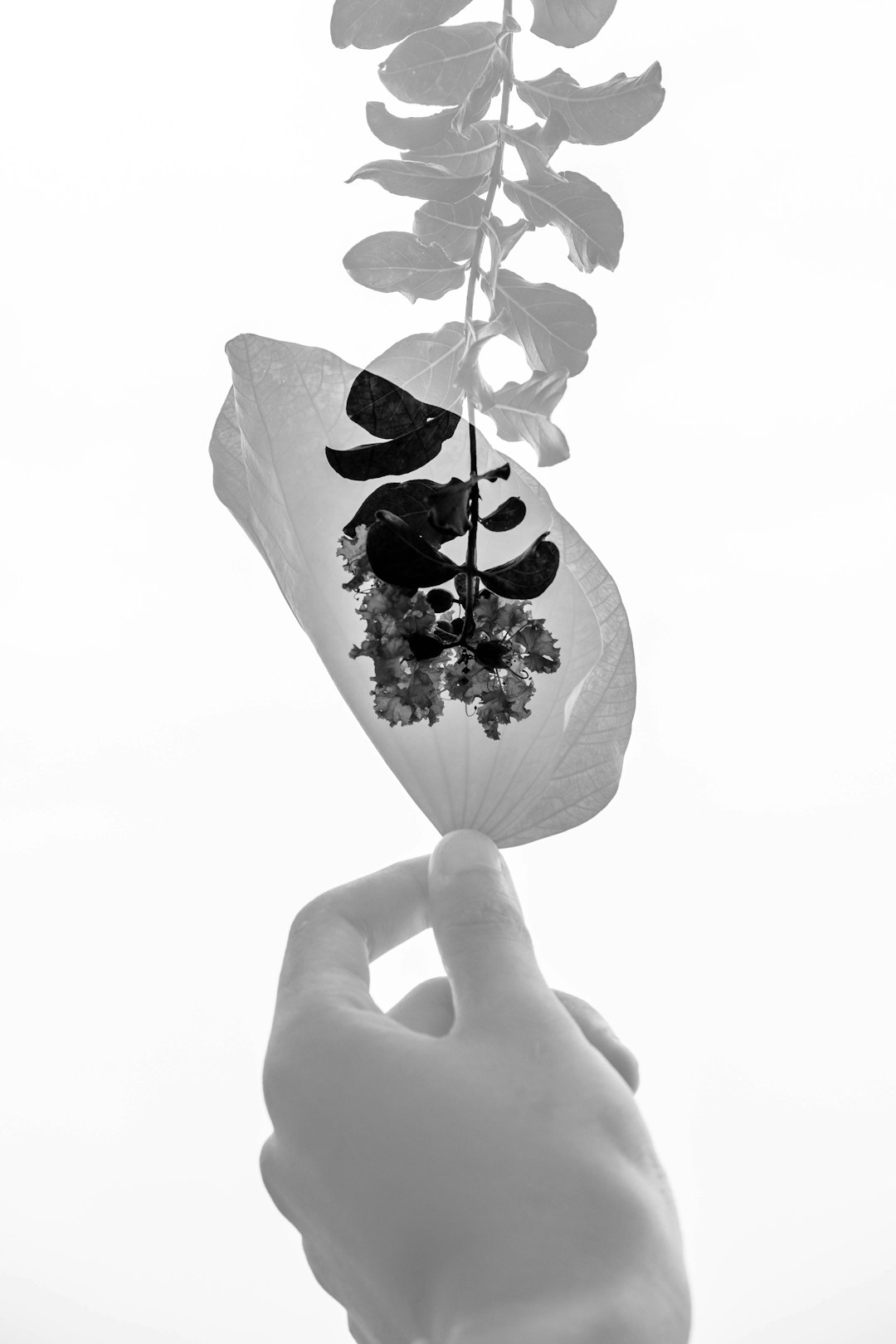
The Secret to Squirrel - Free Potted Plants
The Secret to Squirrel - Free Potted Plants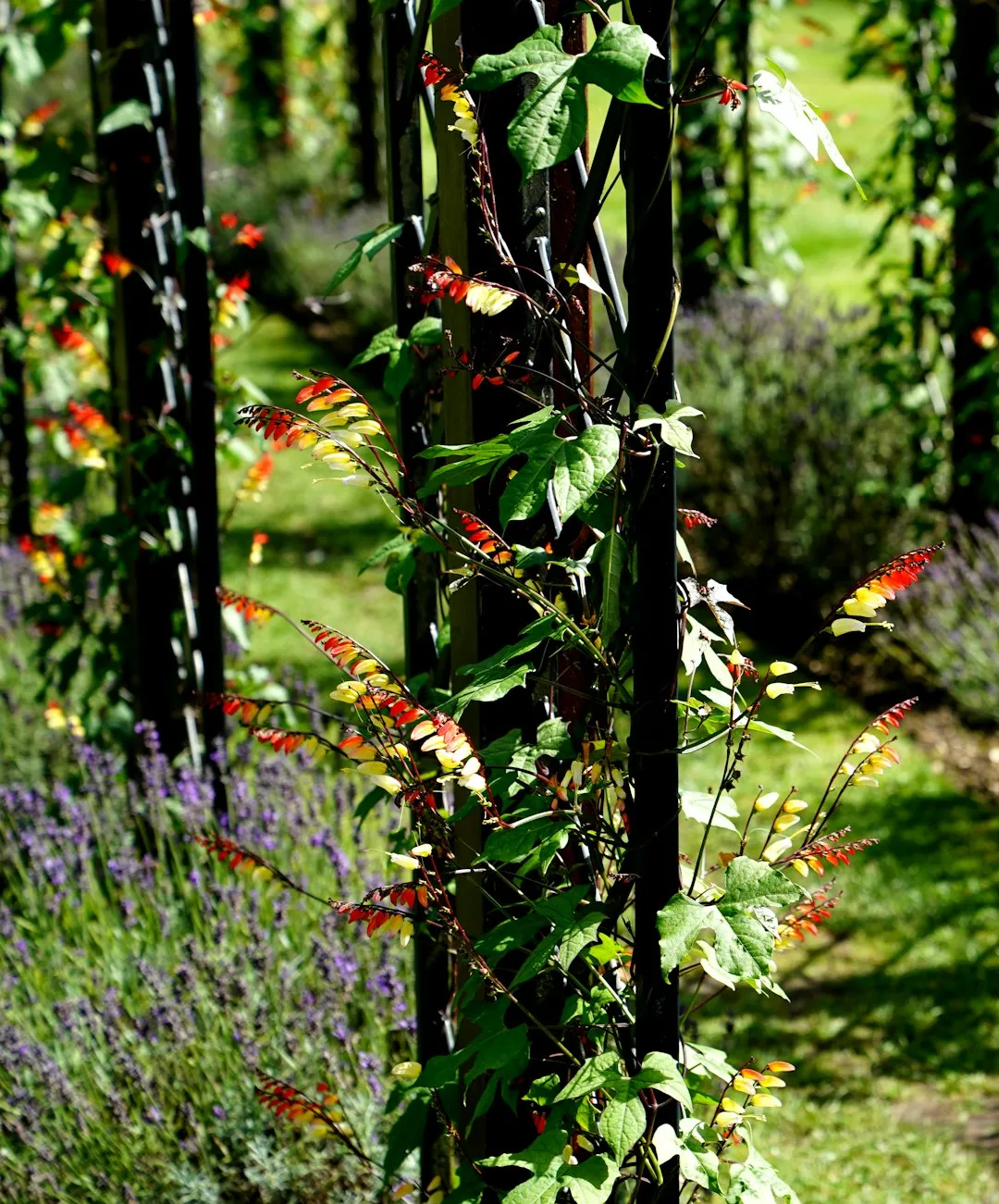
Sweet Rewards: Cultivating Berries in Containers
Sweet Rewards: Cultivating Berries in Containers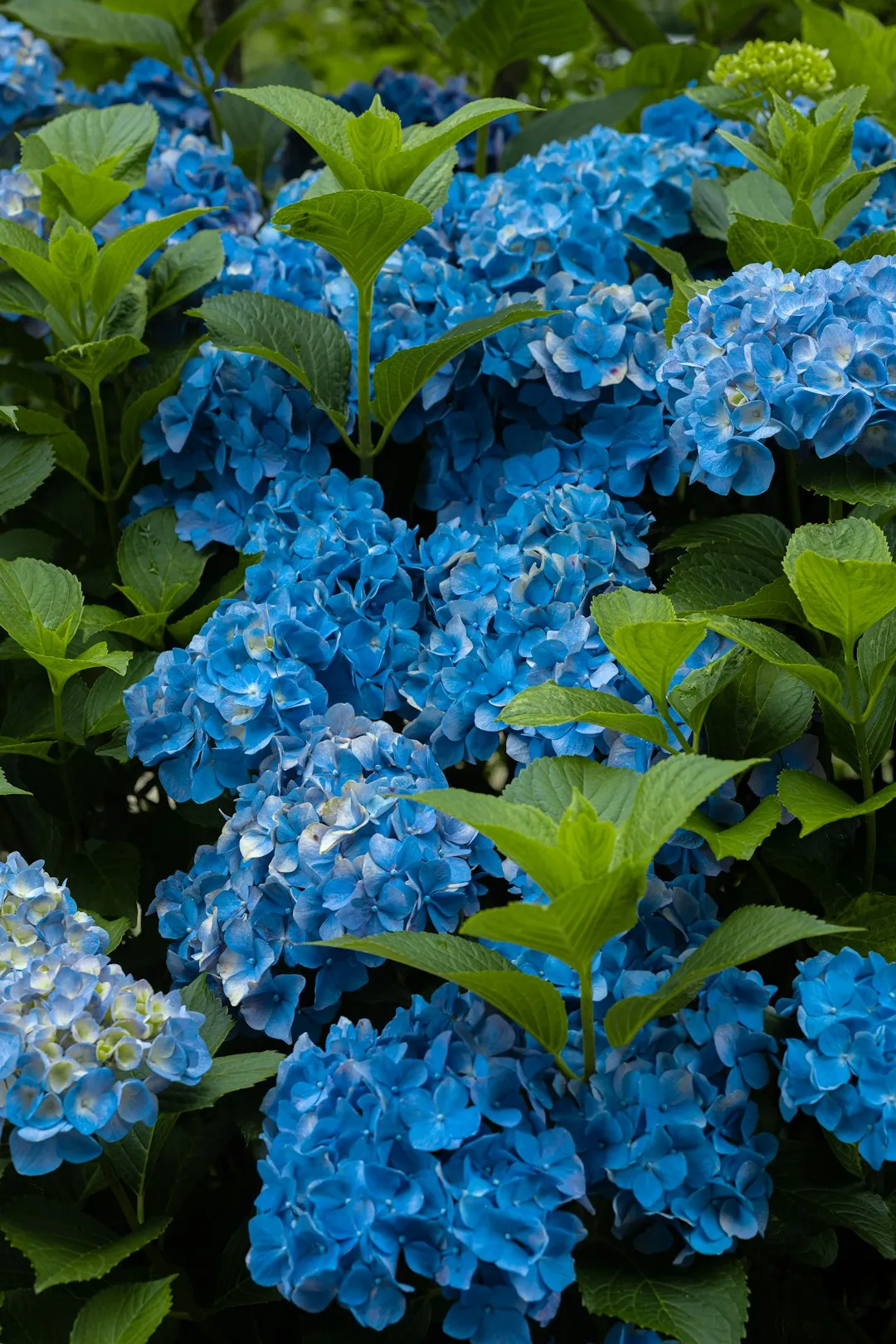
Unveiling the Secrets of a Stunning Lawn
Unveiling the Secrets of a Stunning Lawn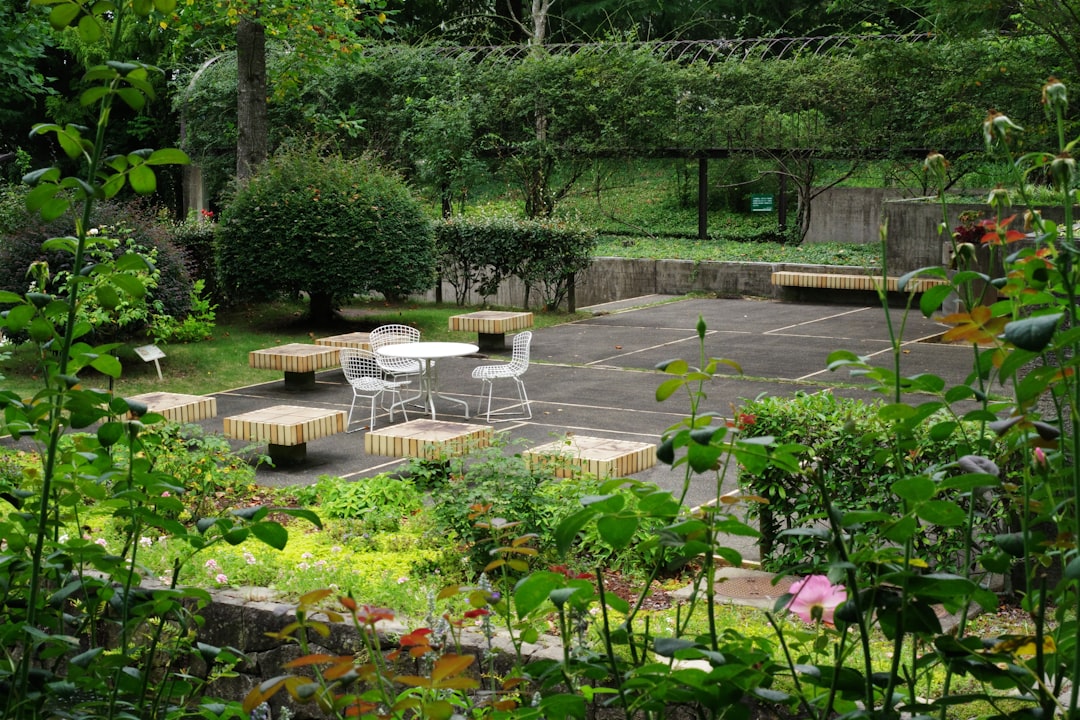
Fall Lawn Maintenance: The Key to a Healthy Yard in Winter
Fall Lawn Maintenance: The Key to a Healthy Yard in Winter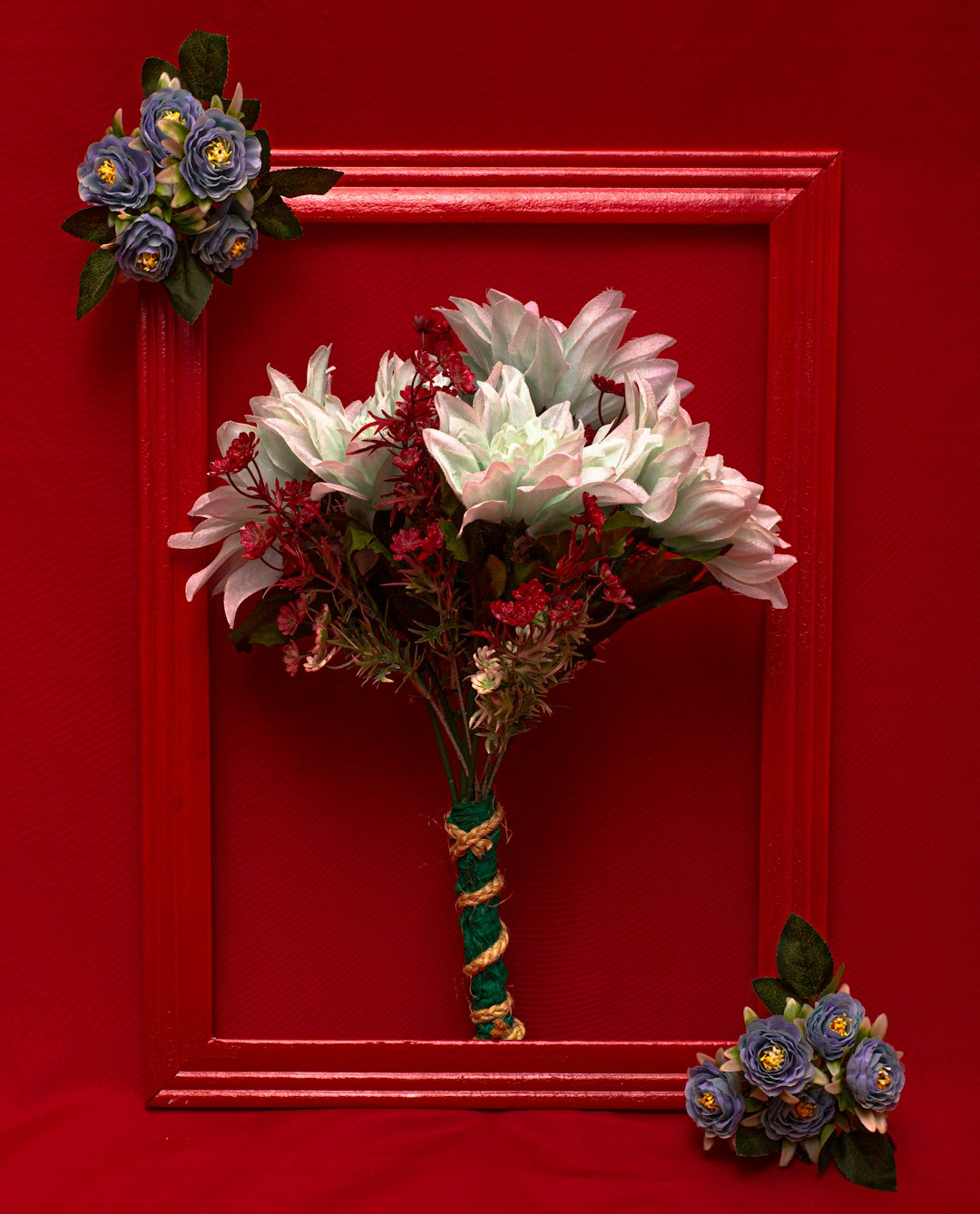
The Secret to Soil Amendment Without Uprooting Your Plants
The Secret to Soil Amendment Without Uprooting Your Plants
Unleash Your Garden's Potential: The Art of Seed Collection
Unleash Your Garden's Potential: The Art of Seed Collection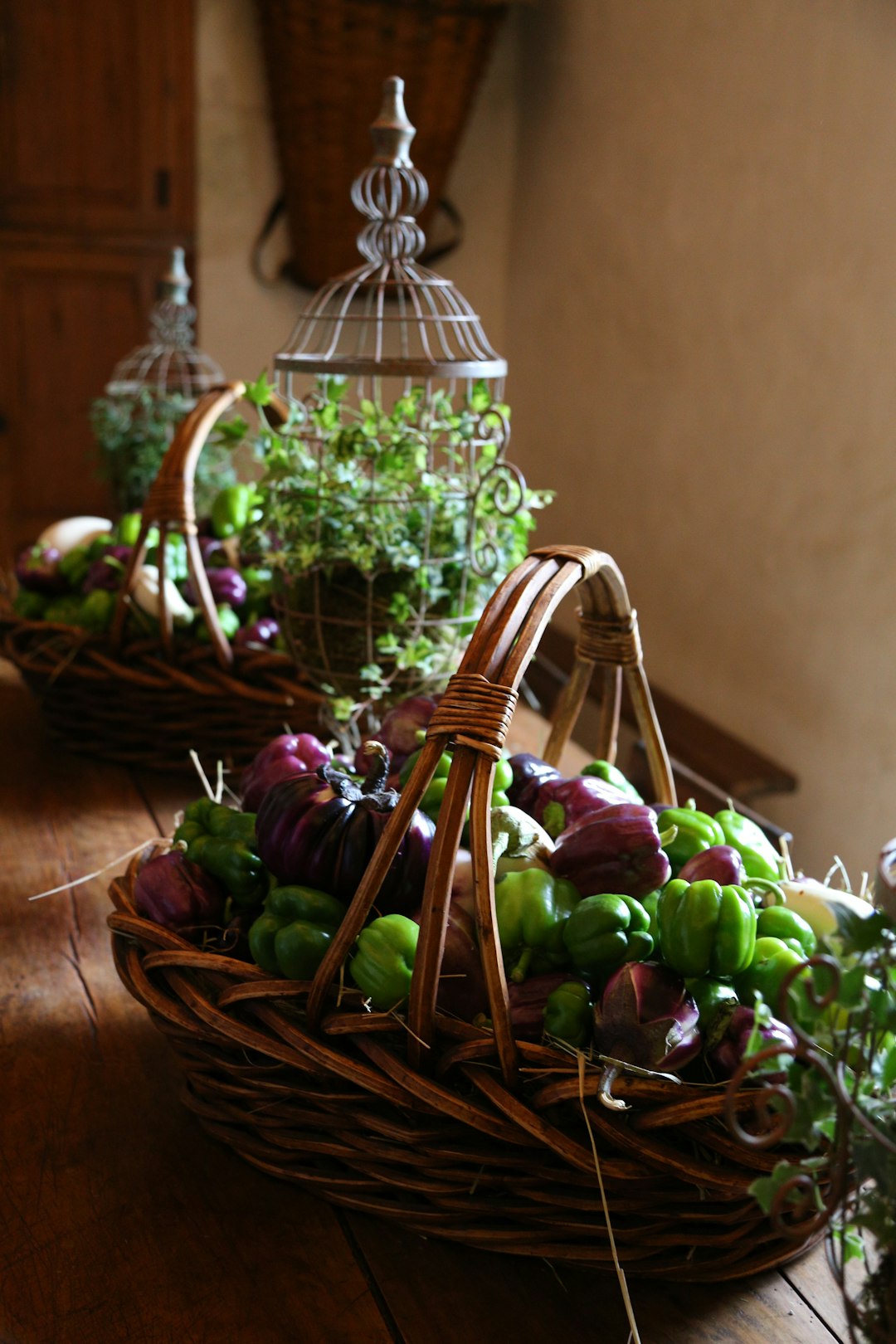
Pre - Summer Yard Care Essentials
Pre - Summer Yard Care Essentials
Weathering the Storm: Nurturing Your Garden in Extreme Conditions
Weathering the Storm: Nurturing Your Garden in Extreme Conditions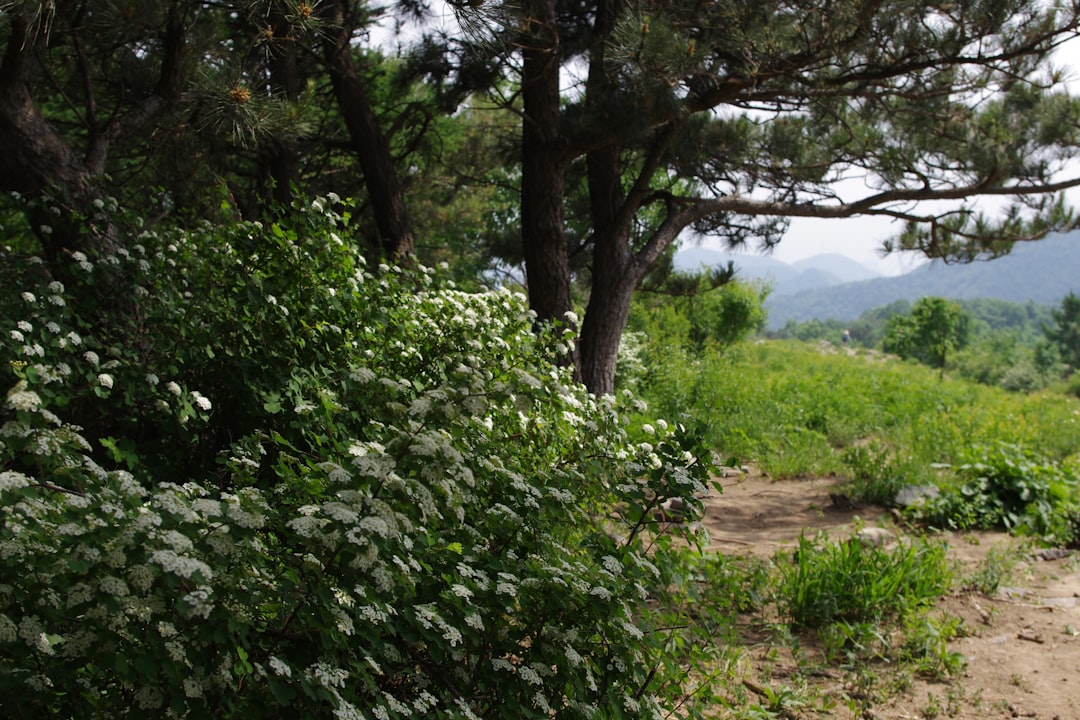
Summer Pruning: The 10 Flowering Plants to Leave Alone
Summer Pruning: The 10 Flowering Plants to Leave Alone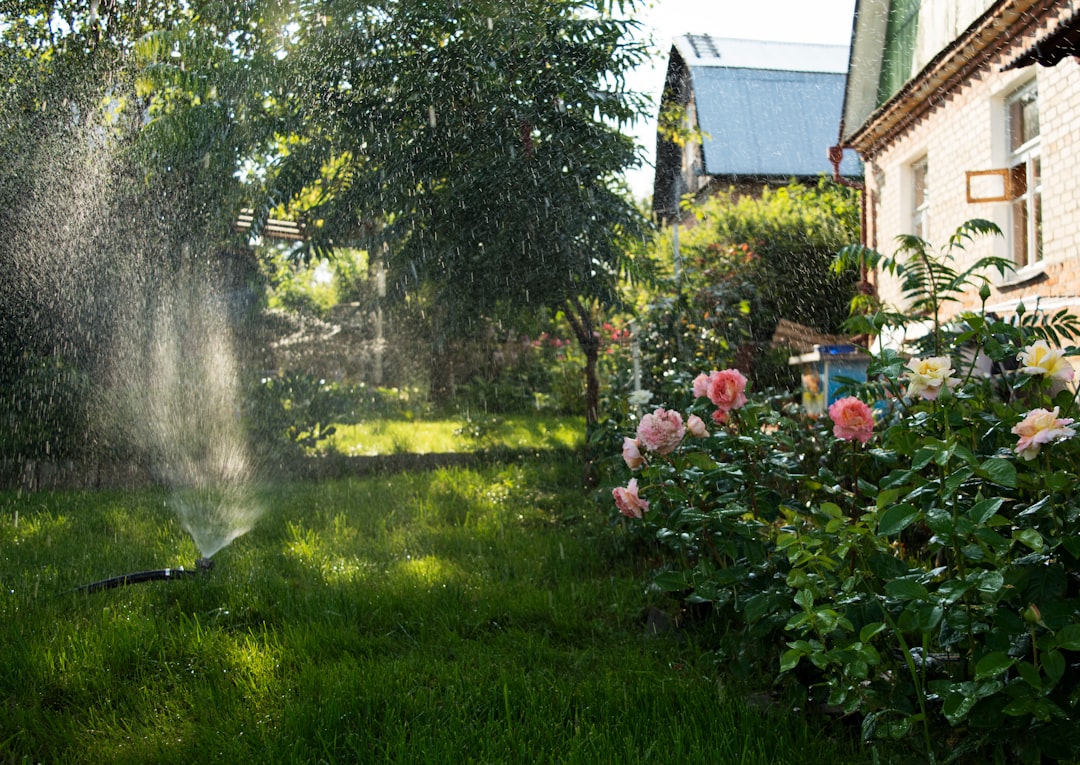
Unveiling the Hidden Gems of Perennial Gardening
Unveiling the Hidden Gems of Perennial Gardening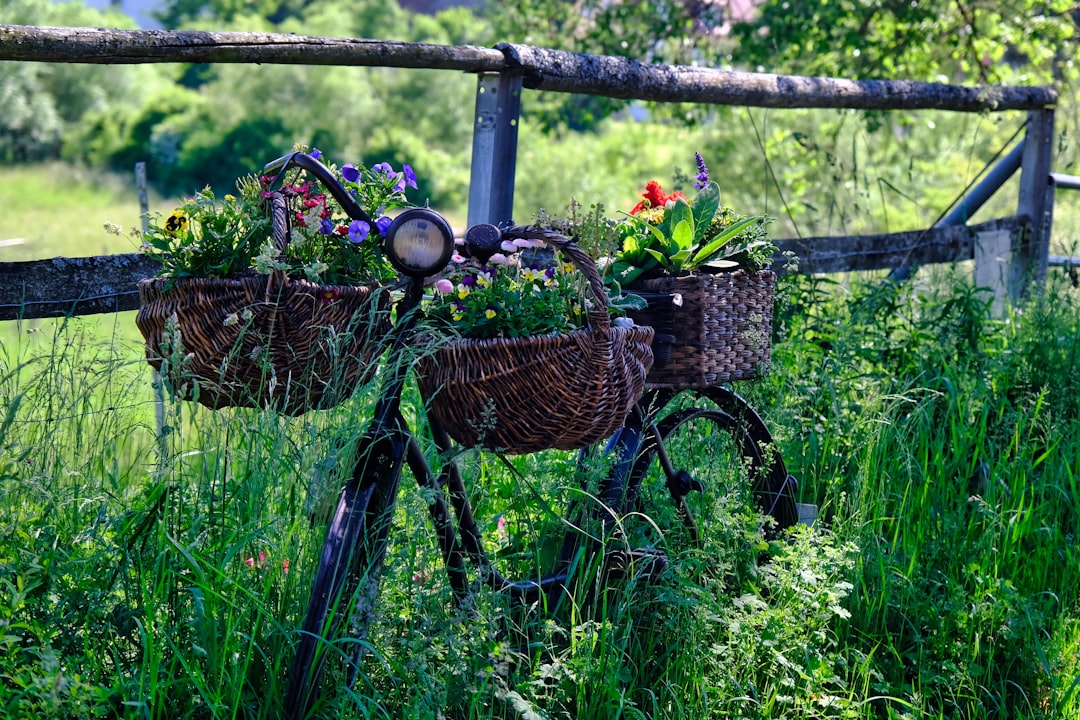
Unleashing the Beauty of Perennial Black - Eyed Susans in Your Garden
Unleashing the Beauty of Perennial Black - Eyed Susans in Your Garden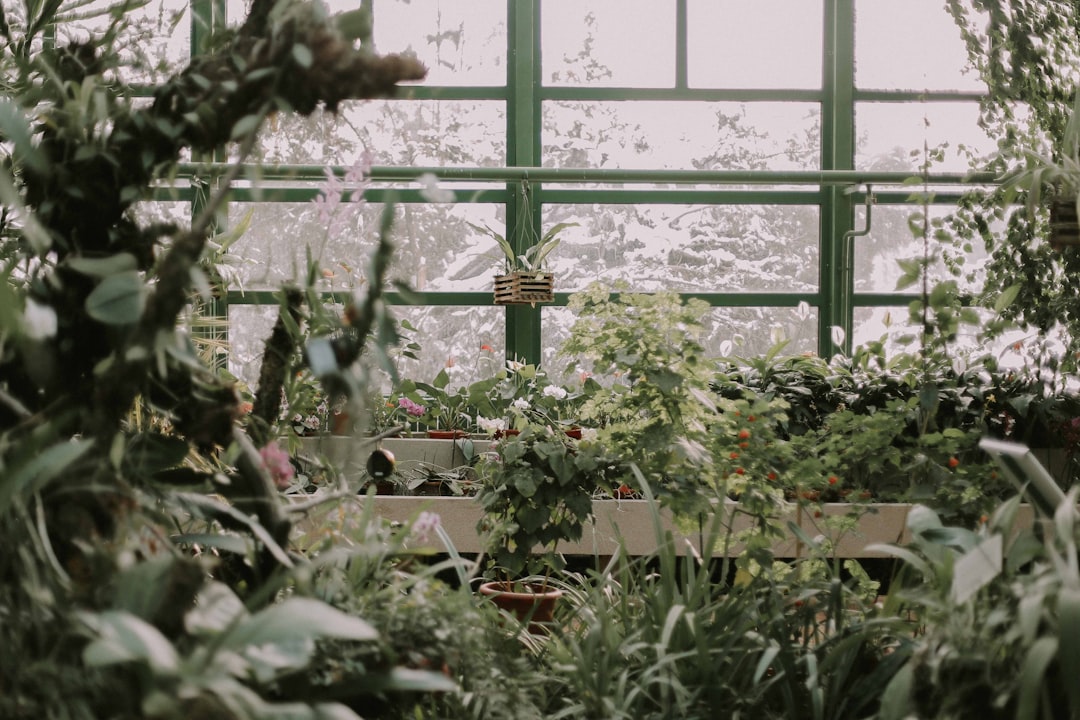
Unveiling the Secrets of Trillium Growth
Unveiling the Secrets of Trillium Growth
The All - Season Charm of Sedum Plants
The All - Season Charm of Sedum Plants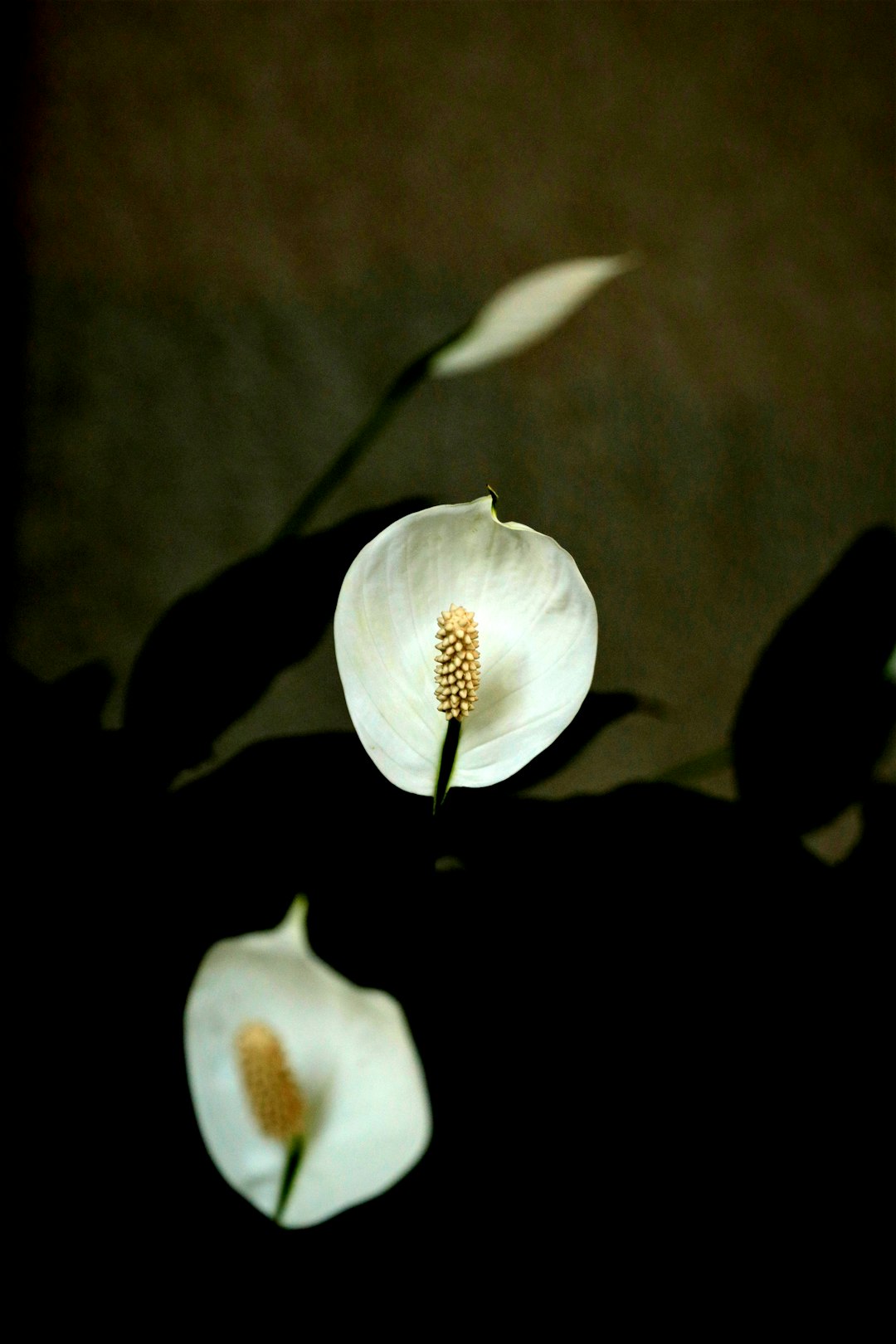
Banishing Snakes from Your Yard: Simple Solutions
Banishing Snakes from Your Yard: Simple Solutions
Secrets to a Bug - Free Garden: Conquering Squash Bugs Naturally
Secrets to a Bug - Free Garden: Conquering Squash Bugs Naturally
Transform Your Yard: Banish Crabgrass for Good
Transform Your Yard: Banish Crabgrass for Good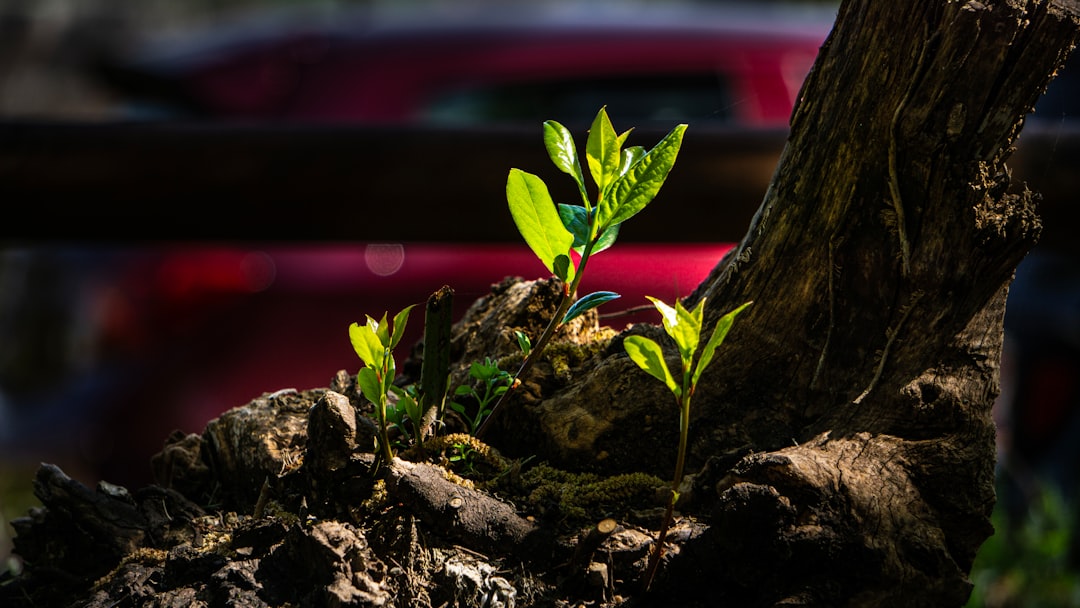
Unveiling the Wonders of a Low - Sun Garden
Unveiling the Wonders of a Low - Sun Garden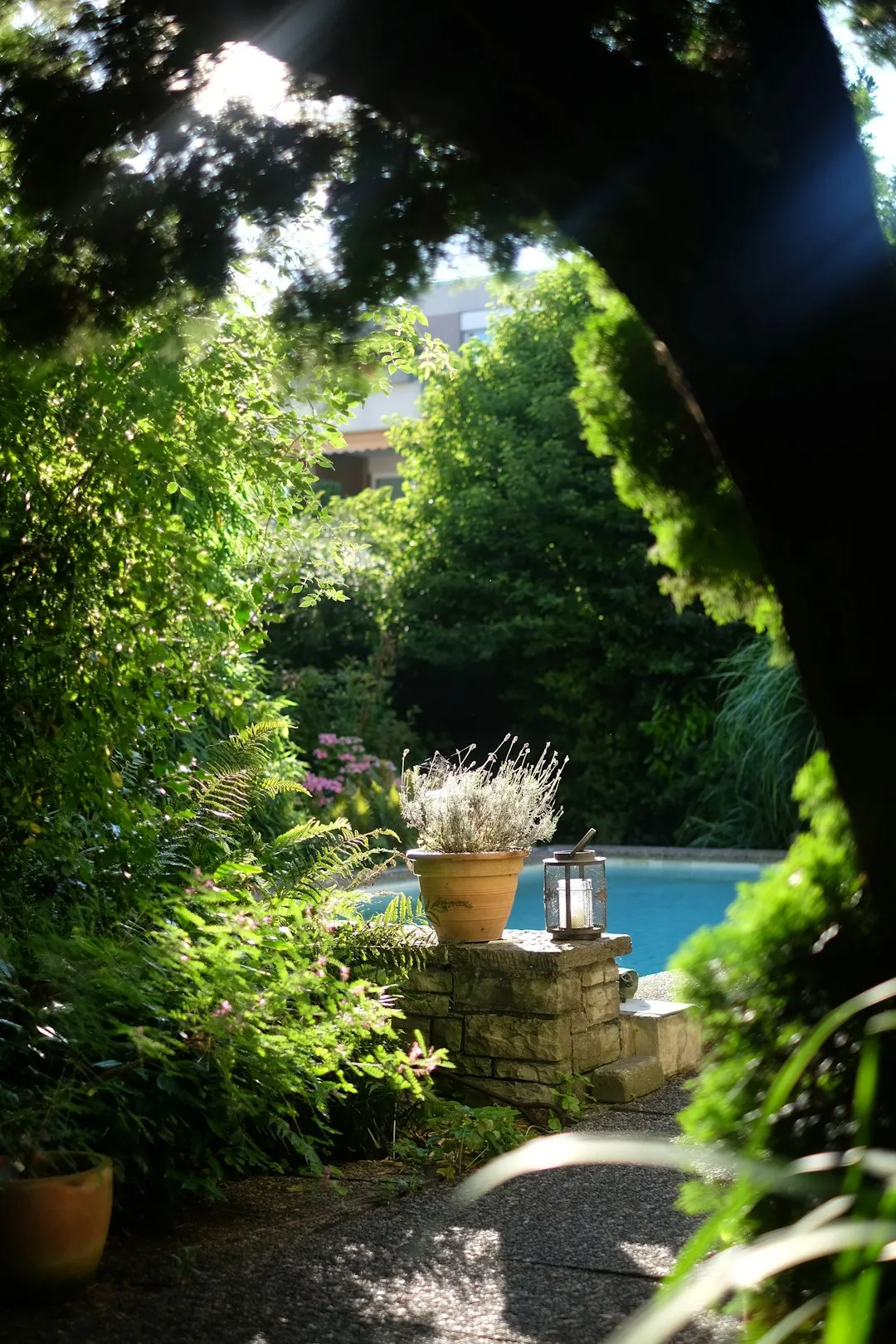
Unleash Your Garden's Potential: The Magic of Lasagna Gardening
Unleash Your Garden's Potential: The Magic of Lasagna Gardening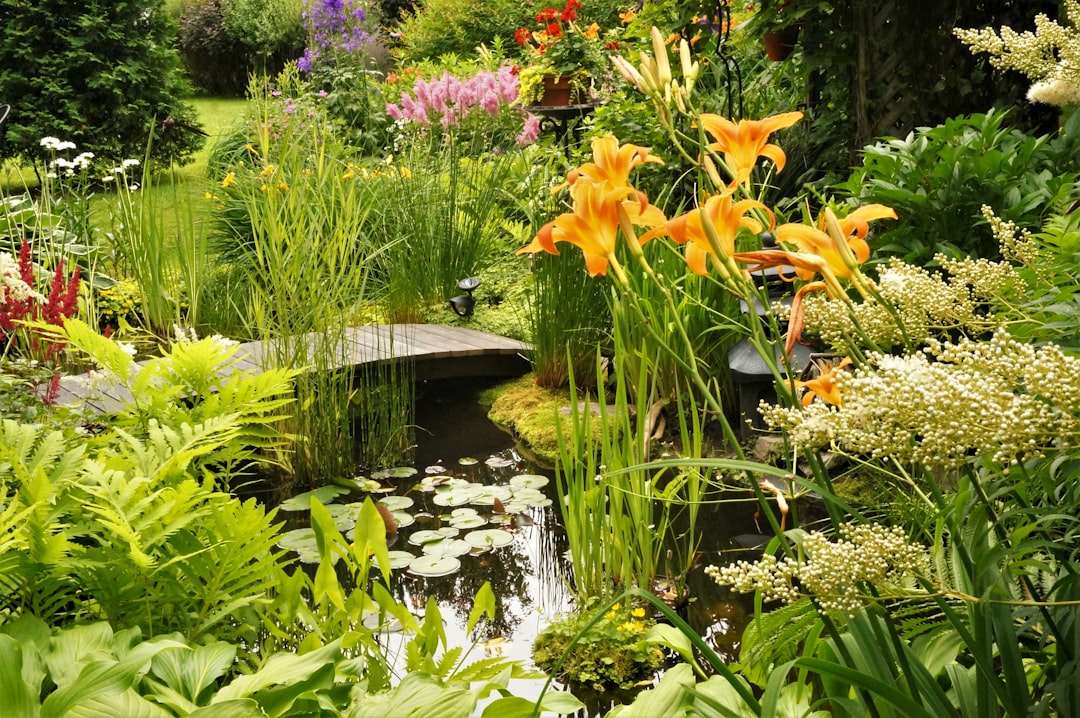
Unveiling the Mysteries of Lunar Gardening
Unveiling the Mysteries of Lunar Gardening
Unleash Your Inner Herbalist: A Guide to Indoor Herb Gardening
Unleash Your Inner Herbalist: A Guide to Indoor Herb Gardening